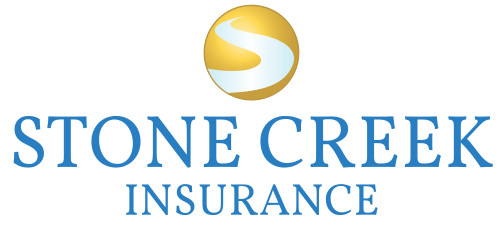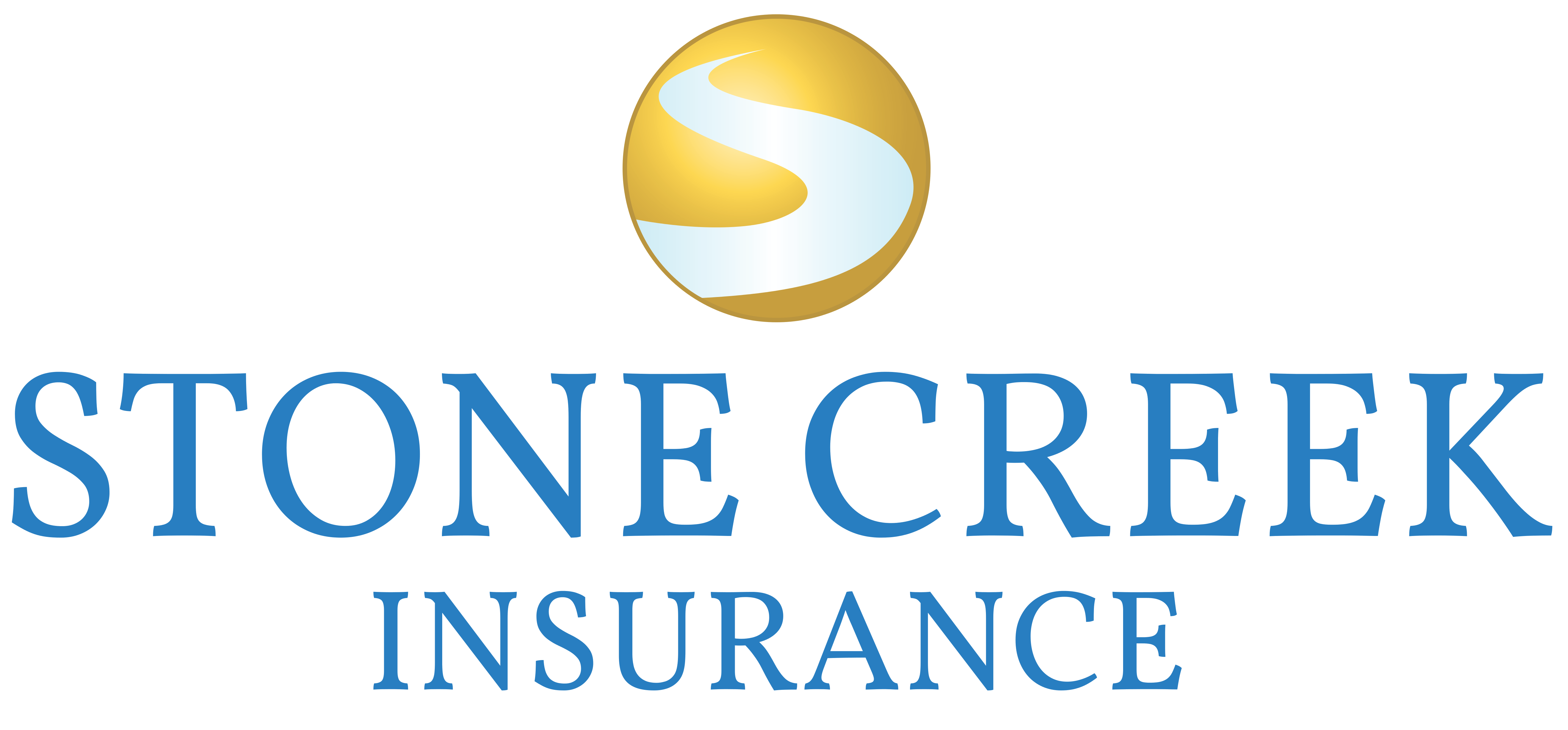
30 Oct Understanding California Auto Insurance – Comprehensive and Collision Coverage
I am going to continue our series on California Auto Insurance Coverage by diving into the optional Comprehensive and Collision Coverage. This is often referred to as “Full Coverage” throughout the industry, but I feel that this is a misrepresentation of what “Full Coverage” would actually entail. That will be a discussion for another post, however.
Understanding California Auto Insurance – Comprehensive and Collision Coverage – What is Collision Coverage?
This is an optional coverage that you can add to your policy that will repair damage to your vehicle when the damage resulted from a collision with another object. If the other object was another person’s vehicle, and they are ruled at fault for the accident, this coverage would probably not come into play. Your vehicle’s damage would be repaired by the at-fault party’s insurance policy. Now, I say probably because if the other party does not have insurance, then this coverage would pay to repair your car (and your deductible could be waived if you carry Uninsured Motorist protection).
While there is no set limit in place for this coverage, if the amount of damage exceeds the amount the car is worth it is considered a “total loss”. Then the insurance company essentially buys the damaged vehicle off of you, and you end up with a check for the value of the car.
Understanding California Auto Insurance – Comprehensive and Collision Coverage – What is Comprehensive Coverage?
This is often referred to as “Other-than-Collision” coverage. This protects your vehicle from damage cause by anything other than a collision with another object subject to policy exclusions. This can include:
- Objects falling
- Vandalism
- Theft
- Windshield/Glass Breakage
- … and many other unforseen causes!
If your vehicle is damaged without it colliding with something else, this coverage is probably what you need to repair the car.
Understanding California Auto Insurance – Comprehensive and Collision Coverage – What is this Deductible thing listed on my Dec Page?
Both of these coverages come with a deductible that you will need to pay before the insurance company pays anything out for repairs. The amounts vary from company to company, but typically you can have a deductible anywhere from $0 – $2000. Again, the rules vary by company, but you can typically have different deductibles on each vehicle on your policy, as well as different deductibles for Comprehensive and Collision.
Understanding California Auto Insurance – Comprehensive and Collision Coverage – Will my rates go up if I use my Insurance with this coverage?
The most important question, will your rate increase on your policy for filing a claim? The answer: Maybe. I know, not the answer you were looking for, but let’s break it down.
If your claim falls under Comprehensive coverage, then NO, your rate will not increase. I recommend to have a low comprehensive deductible (if the company allows different deductibles) because this coverage will more likely be used.
If you claim falls under Collision, then it may increase depending on the cause of the damage. Typically if you’re using this coverage to repair your vehicle, you are considered “at-fault” for the damage, and then your rate would increase on the next renewal (a company can not raise your rate based on a claim mid-term). There are a few rules that each company has that may waive the claim, such as it falling under Uninsured Motorist or if the amount paid is under the company’s threshold.
How do I know if I need this coverage?
The best way is to call an Independent Broker at Stone Creek Insurance and reviewing your current policy. You can call 925.297.4202 or complete the contact request form to the right.
All information is general in nature and is intended to provide guidance only. It is up to you to request specific coverage options, the agency and agent do not bear this responsibility. Always read the policy if there is a questions about coverage or a claim. If any information herein should conflict with your actual policy’s specific language, the policy language will be controlling.


